
Oh the People You'll Meet: A Visual Timeline of Human Connections
Published January 15, 2024, Page Last Modified July 9, 2024
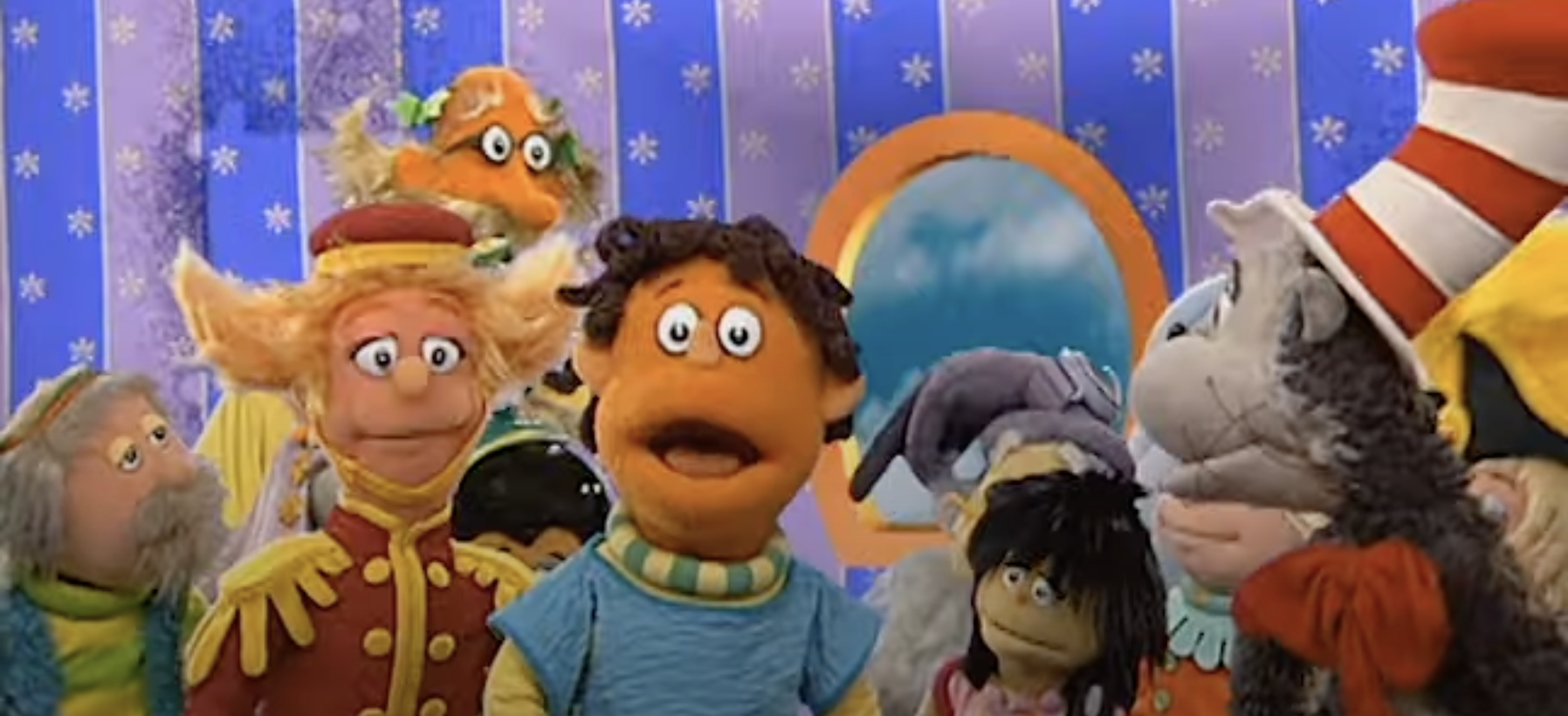
Intro
There’s a tweet I can no longer find that says something like:
‘no one tells you that of all the people you will meet in your whole life… 90% of them you will meet before you graduate college.'
I graduated college this May. Yikes! Am I nearing the end of my ~people I will meet~ life story? It’s quite possible I am.
But what better way to find out than by downloading personal data from multiple major social platforms and analyzing the development of my human connections over time? (just like how our grandparents used to do it! 😉).
So I did!
And after briefly [inserting an obligatory comment about the craziness that one company, Meta, intimately knows the details of over a decade of billions of human beings’ social lives]… let’s jump in and look at a graph of the cumulative human connections I’ve made through Facebook, Instagram, Linkedin, and my phone contacts in the chart below.
Analayzing my Social Connections Data




The line chart above shows the cumulative number of connections on LinkedIn, Facebook, Instagram, and phone contacts that I've had from 2010 to the beginning of 2024. The number of connections is plotted on the y-axis and the date is plotted on the x-axis. The chart is interactive and hovering over any line reveals more specific data for that point in time. Red vertical demarcate dates of major life chapters (mostly related to the start and end of high school and college).
What story emerges?
I steadily connect with people and build out my basic social network up until the end of high school. Roughly 40% of my Facebook friends come from this time.
After leaving high school and in the gap year before college, I meet 7% more of my total Facebook friends.
There’s a meteoric rise in meeting new people during years 1 to 3 of college (connecting with almost 46% of my Facebook social network in less than 3 years of life)!
Once the Covid Pandemic hit, the number of new people I meet quickly plateaus. My social network becomes very solidified.
When I return to in-real-life interactions (working at a restaurant in NYC in the summer of 2022, finishing my final year of university from 2022-2023), I do meet a good number of new people again! Though this time, I’m connecting with them mostly through InstagramFor the full Instagram followers vs following data, see Appendix A and by texting (phone contacts). Facebook has lost its coolness as the primary way of connecting with others.Something interesting to note is that throughout my entire life, I’ve only met a handful of people (n < 10) where at the time of meeting them, they didn’t have social media.
Upon graduating, I make a lot of new Linkedin connections as I start job hunting (though from my personal view, I’m actually mostly connecting with people I already know).
By the time I graduate college this past May, I have met the bulk of the people I know (over 90% for each social network). The original claim looks to be true!
But wait… this data isn’t actually very telling of how many people I will meet in my lifetime. Only 8 months have taken place since I graduated college (just 2.6% of my life lived so far). The life experiment that will tell me whether or not most of the people I will meet in life will come from before college graduation has only just begun.
What will the next stages of life hold? How many people will I meet in the coming decades through work and my professional career? Who will I meet if I join a religious or spiritual community as an adult? If I start a family, what other families will I get to know through the school my kids are a part of? How would my social network change and grow if I moved to a new city? Will blogging/creating on the internet yield new valuable relationships in the coming years?By writing this post, I actually did get to connect with two new people! First, Eric Lee in Brooklyn, who loves Dunbar’s “Anatomy of Friendship” paper, which I summarize in Appendix B. Second, Manu Moreale, whose writing I’ve been enjoying and following for quite some time! Thanks for including me in the IndieWeb Carnival: Digital Relationships roundup :) How many awesome people will I meet in the retirement community I settle down in (does my life end in a retirement home!!?? Do I go back to the carpet store after beating cancer???).
Before I begin the second half of this blog post and discuss the changing nature of human relationships across a lifespan, I just want to give a shoutout to my sponsor–the European Union–for making this blog post possible. I am likely only able to download my personal data today from companies like Meta and Linkedin because of the EU’s care for the human right to privacy and personal data #GoGDPRArticle20 🤳🏼👥
Quality Relationships (Beyond the Numbers)
Creating the main chart in this post was fun because it helped me get back into the flow of making things again. But if I have to take a stance, the number of relationships we make is not the best metric for a social life well-lived. Part of me feels bad for making it the main focus of this blog post so far!
Relationships that are vibrant, alive, vulnerable, loyal, and that enrich and intensify over time are more valuable than loads of ‘connections’ where the most significant fact of the relationship is simply that you once met. Oh how wonderful it is to have a relationship where someone knows you well and you know them well–where there is a subtle and sensitive understanding of each other–and where you can spend hours and hours hanging out or FaceTiming with no desire for it to end.
It’s not bad to know many people. The value of a substantial social network is quite high. But having just one close person to go to when you’re feeling down… how many average relationships is that worth? Who feels deep happiness for you when something good happens in your life? Who can you make beautiful memories with?
I’ve been fortunate to have the kind of tender and beautiful relationships I just described at different points in my life. However, over the last year or two, I’ve noticed my relationships don’t feel as deep on average. Friendship in adulthood feels qualitatively different than in high school or college. I have fewer multi-hour FaceTime sessions these days, and fewer moments where I feel totally seen and understood by others. There are many positive moments too! And I am so grateful for those. But it does feel different.
From my own reflection,
🏫 During university years (both during the academic year and summer)
- there were many more organic ways to meet new like-minded people and generally a higher receptivity and openness people had to making new connections
- there was a shared drama everyone was a part of on campus, eating at the same set of dining halls, existing in the same super-real space of college
- relationships changed and deepened quickly
🏙️ After university
-
it’s harder to maintain a large social network distributed geographically across the country (and even distributed geographically in the same major city)
-
we end up in similar routines. we hang out with the same groups of people
-
when I zoom out and try to imagine the human social network of the city I’m in, I see thousands of islands of friend groups that are mostly solidified, living in harmony side by side, with little rope bridges connecting them. rather than a human network in flux with high fluidity, spill-over, and ever-shifting nodes
- sure, I’ve stumbled into new spaces/new friend groups/new apartment parties since I moved to Manhattan. though despite those new possibilities, the activation energy to stay connected and deepen those relationships is high. we gravitate toward spending time with people we already know and are familiar with vs new people that we have to invest more time and energy with to develop relationship depth (there are exceptions, of course! I’ve made 2 new awesome friends in NYC that I’m basically starting to hang out with now weekly! shout-out AH + MC :)


- sure, I’ve stumbled into new spaces/new friend groups/new apartment parties since I moved to Manhattan. though despite those new possibilities, the activation energy to stay connected and deepen those relationships is high. we gravitate toward spending time with people we already know and are familiar with vs new people that we have to invest more time and energy with to develop relationship depth (there are exceptions, of course! I’ve made 2 new awesome friends in NYC that I’m basically starting to hang out with now weekly! shout-out AH + MC :)
-
creating new memories and new ways of relating is the key to re-invigorating and adding more excitement to old, long-time relationships
-
always talking about the same thing? relationship feeling like it’s at a dead end? The Banshees of Inisherin is a colorful movie that explores this theme. While I wouldn’t look to it for relationship advice, I would recommend seeing it as a great piece of cinema
-
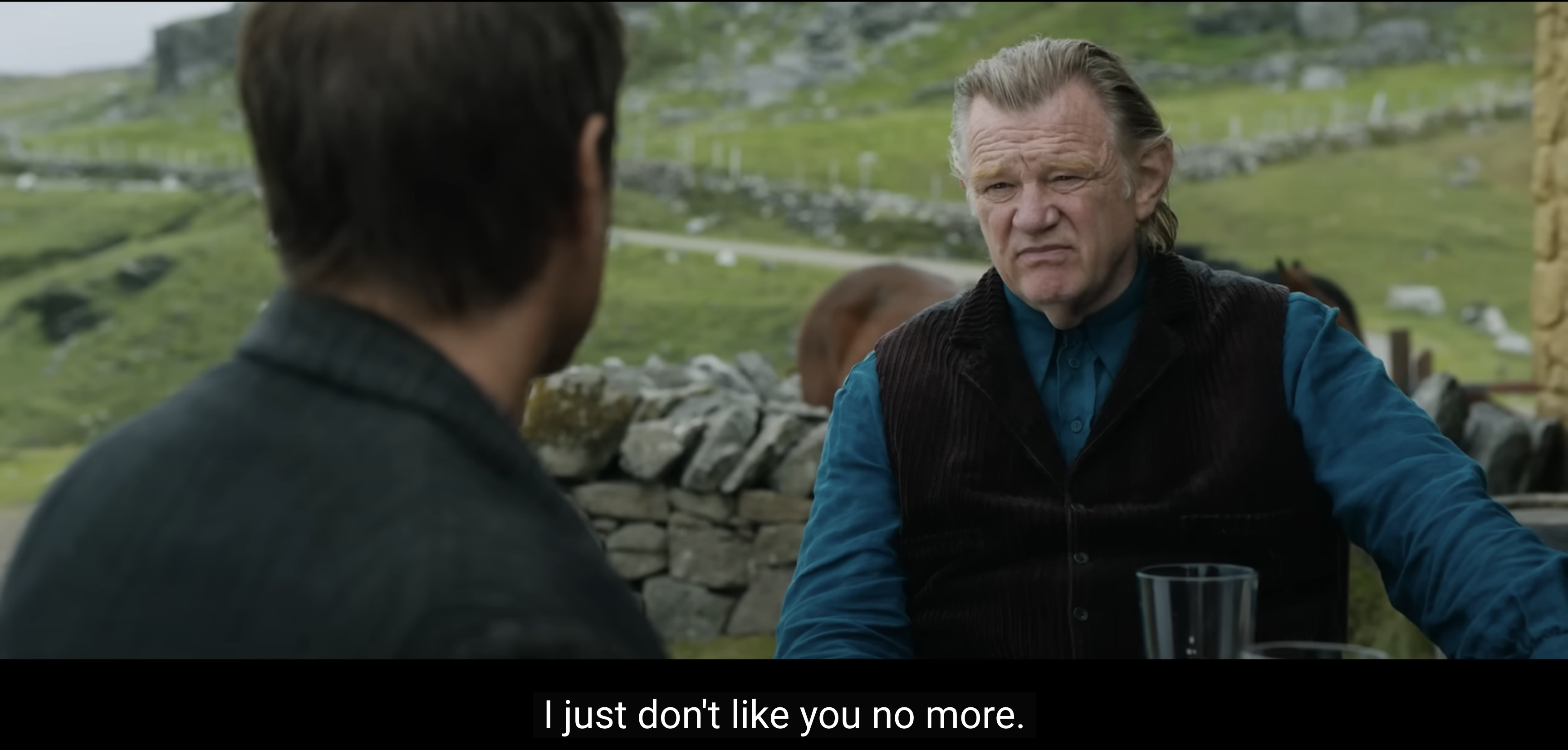
-
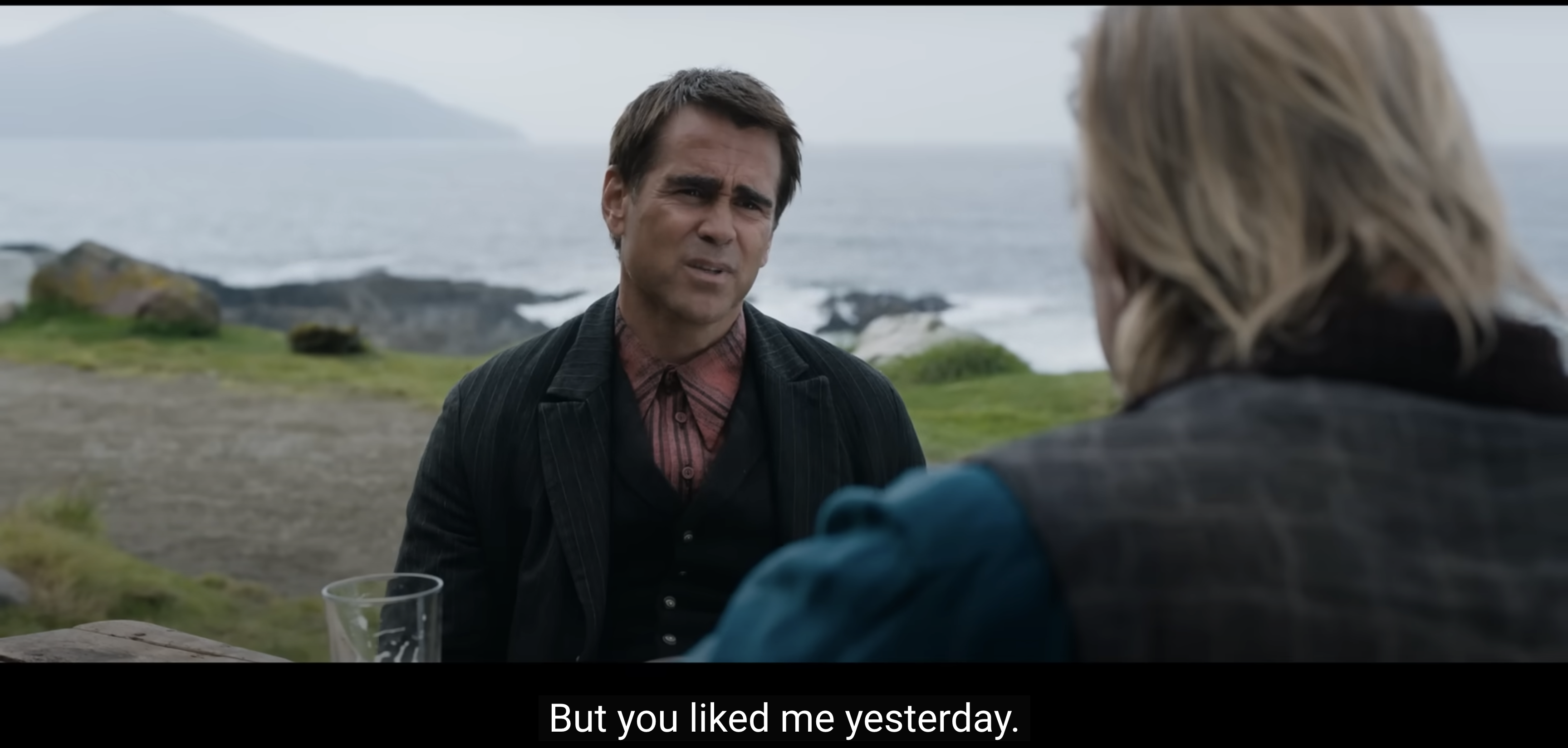
-
Most importantly, if who we feel close to and want to spend time with changes with time, that’s okay! Follow the gradient that feels best! Life is too precious to not nurture the relationships that feel most alive, even if it’s with people who we didn’t imagine being the people who we would feel closest to. Life is dynamic and full of surprises. In a landscape of humans maturing and growing, deviations in life circumstances, who we find reciprocity with in our relationships will naturally evolve.
Hey Claude.ai! I Need Your Help Expressing How Relationships Change in Your Mid-20s

‘In adolescence, friendships become centered on sharing common interests, activities, feelings of youthful adventure. There’s a mutual give-and-take around fun, acceptance, commiseration. Perhaps at that life stage, the gift to friends is presence - being fully available and engaged in each other’s company.’
‘Similarly, we have to adjust expectations as friends navigate their own career demands, heartbreaks, moves, new priorities with partners or babies. Even the most caring individuals get absorbed in their immediate needs.’
‘The details we share in our mid-20s and beyond do often lose that coming-of-age monumentality. Instead of the major milestones of adolescence - first kisses, college acceptances, debut parties, learning to drive - we settle into more mundane rhythms. The drama becomes work deadlines, tensions between friends, holiday arrangements, car repairs - smaller scale issues without the same sense of innocence and wonder around “firsts.” Even career accomplishments like raises or promotions start to feel steady rather than momentous occasions to celebrate.’
‘In place of starry-eyed dreams of the future are more grounded visions - saving for apartments, considering grad schools nearby, researching career development options confined by geography or open positions rather than just following passions alone.’
‘You rightly name this as the loss of monumentality, coming-of-age. What once fueled late night conversations - fervent hopes and fantasies on the brink of unfolding futures - gives way to more tempered perspectives colored by life experience. A tinge of magic dissipates, which could contribute to why sharing details feels more mundane or low stakes.’
‘In our teens and early college years, every crush held such promise and meaning. We soaked in friends’ stories of first Tinder match euphoria, escalating flirtations over weeks of anticipation, and of course those pivotal relationships that taught hard lessons about connection.'
‘But as years pass and both ourselves and peers cycle through rounds of romance and heartbreak, even the novelty of new partners loses its lustre. We begin to see patterns in what dazzles us at first glance versus what makes a good long-term fit.’
‘I imagine it must feel nostalgic, yet also freeing, to embrace the shift towards more grounded fulfillment in who and what adds value in your mid-20s life.’
Thanks Claude!
Where Do Things Go From Here?
It anecdotally is harder to make deep friendships as you get older. In r/AskMenOver30, someone replies to the question “What age did you make most of your current friends?” with the following:
The natural path for humans is to make less new close relationships as we age.
I’m 25. Where do things go from here?
As I was doing some internet research on this question. I was amazed to find this chart from Esteban Ortiz-Ospina’s Our World in Data post, “Who do we spend time with across our lifetime?”. (If you hover over the labels on the right of the diagram… ‘Alone’, ‘With friends’, etc., that specific trend will pop out from all the others and be easier to visualize).
When I first saw this graph of how our human relationships change in the course of our life“The data comes from time-use surveys, where people are asked to list all the activities that they perform over a full day, and the people who were there during each activity. We currently only have data with this granularity for the US – time-use surveys are common across many countries, but what is special about the US is that respondents of the American Time Use Survey are asked to list everyone who was present for each activity. The numbers in this chart are based on averages for a cross-section of the American society – people are only interviewed once, but we have brought together a decade of surveys, tabulating the average amount of time that survey respondents of different ages report spending with other people.” (Ortiz-Ospina), I almost cried. Time spent with my family will continue to decrease into my 30s? Time with friends too? It’s hard to accept and embrace this loss. Each hug I give my parents feels more and more important. But with these changes come new forms of relating. Time with a partner rises and becomes the most significant relationship in the course of our life (apart from our relationship with ourself).
Sometimes I am struck with the thought, if I do settle down with one romantic life partner, perhaps the person that I will spend the most time with in this one life I have… won’t it be so arbitrary? Maybe I know that person today. Maybe I don’t. Why will our lives have intertwined? God, if you’re reading this, I hope you’ve run a bunch of simulations to determine some optimal matchmaking for all of us humans à la “Hang the DJ”.
 "Hang the DJ", Black Mirror, Season 4
"Hang the DJ", Black Mirror, Season 4
Besides spending a lot of time with our romantic partner, from mid-age onward, it seems like we spend an increasing amount of time alone.
As Ortiz-Ospina shares, while we may spend increasingly more time alone, loneliness does not increase with age: “we should recognise the fact that social connections are complex. We often tend to look at the amount of time spent with others as a marker of social well-being; but the quality of time spent with others, and our expectations, matter even more for our feelings of connection and loneliness.” I believe that, though I still do worry about the increasing number of people living alone.
The Importance of Relationships for Health and Longevity
It’s nice to talk about the changing nature of relationships, but it would be amiss of me to finish this post without emphasizing how important our relationships truly are.
A 75-year long Harvard study, one of the longest studies on human happiness, revealed that close relationships actually have the greatest impact on a fulfilling life. Researchers tracked the physical and mental health of over 700 men, examining factors like income and IQ. However, satisfaction in relationships at age 50 proved the strongest predictor of health and happiness at age 80. People with strong social ties even lived longer lives on average: the quality of relationships trumped both social class and genetics as a predictor of longevity 😮 (Liz Mineo - ‘Good genes are nice, but joy is better’).
In his TED Talk, Dr. Robert Waldinger (now director of the study) said, “When we gathered together everything we knew about them at age 50, it wasn’t their middle-age cholesterol levels that predicted how they were going to grow old. … It was how satisfied they were in their relationships.” The findings held constant across socioeconomic lines.
Another research study even found that our social life and friendships have as big of an impact on our mortality as giving up smoking ('Social Relationships and Mortality Risk: A Meta-analytic Review', Holt-Lunstad et al.). If you weren’t convinced about the importance of relationships yet, hopefully you do now.
Phone a Friend
Relationships are clearly important. Perhaps the most essential thing for a happy life. We didn’t choose to evolve into extremely social animals and be born as humans rather than squirrels or manta rays. But here we are. So be present in all your interactions. Carve out time for loved ones and people that you have the potential to love more deeply than you do today. Be fruitful and multiply, strengthen, and deepen your relationships. They might be the most worthwhile part of life to nurture.
Need a friend? I’m in NYC these days. Reach out! Send me an email at azuckerman at college dot harvard dot edu 😎
Appendix A: Raw Instagram Data
For the purpose of being transparent with my methodolody, here is the raw instagram data of my followers vs following over time that I squashed down into an average
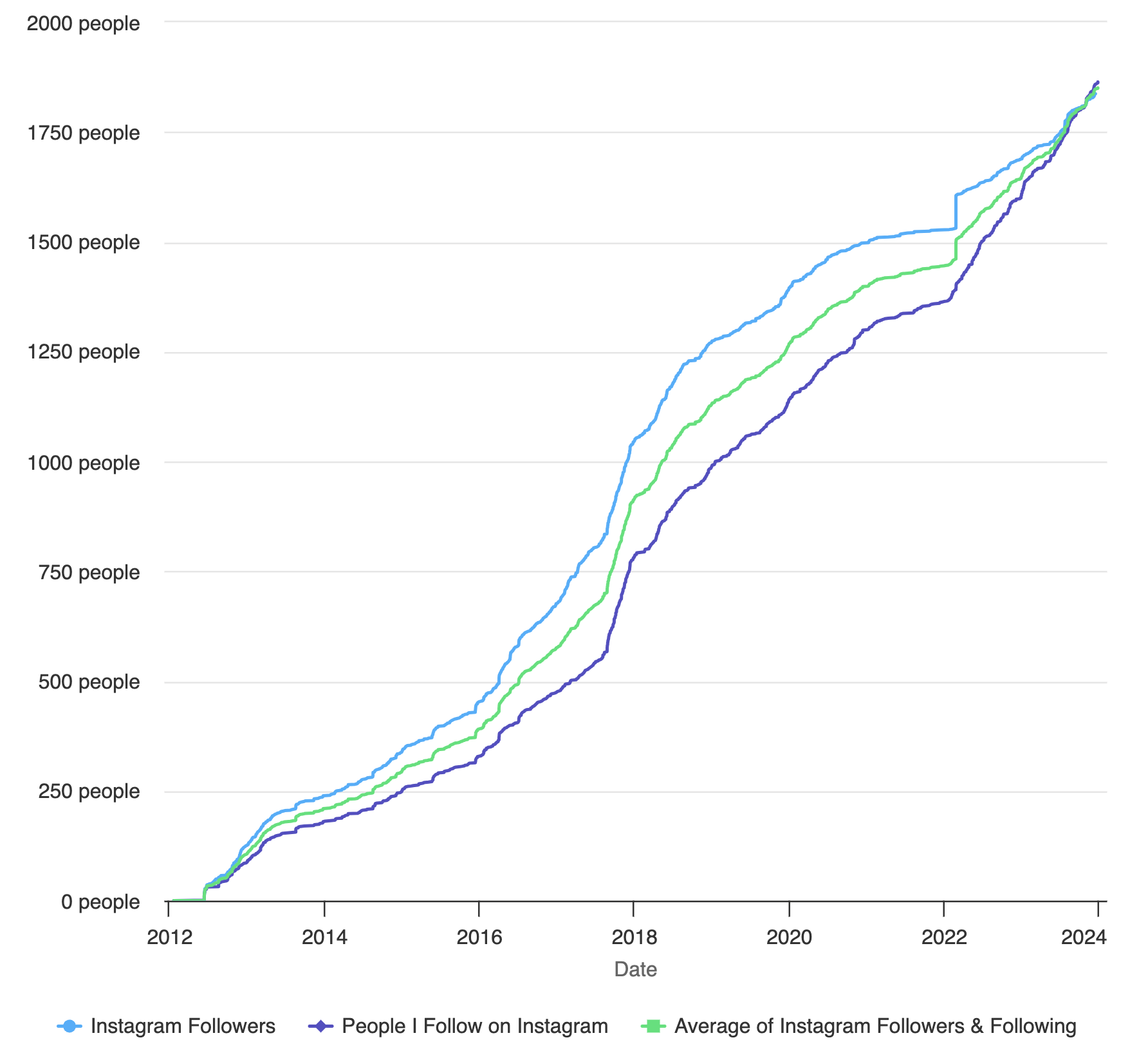
- Average difference between followers and following at any point in time: 169.
- Max difference between instagram followers and following at any point in time: 295.
Appendix B: A Few Interesting Lifelong Social Trends
“Sex differences in social focus across the life cycle in humans”, Bhattacharya et al.
- “younger individuals have more contacts and, among them, males more than females”
- “both genders exhibit the same tendency to shift from being more socially promiscuous (a more even Gini value) early in life to a more uneven (higher Gini value) in their 40s.”
- there’s “an increasing focus on family and close friendship relationships with age.”
- “By contrast, the greater social promiscuity of younger individuals could be interpreted as a phase of social sampling in which individuals explore the range of opportunities (both for friendships and for reproductive partners) available to them before finally settling down with those considered optimal or most valuable.”
“Turnover in close friendships”, Chandreyee et al.
- “we analyse a national cellphone database to determine […] changes in close relationships.”
- “membership of [the] inner circle of intimate relationships is extremely stable, at least over a three-year period. However, around 1–4% of alters change every year, with the rate of change being higher among 17-21 year olds than older adults. Young adult females terminate more of their opposite-gender relationships, while older males are more persistent in trying to maintain relationships in decline.”
- “men tend to give more importance to the women (spouse, mother or romantic partner) in their lives than to their male friends. This has not previously been noted in sociological studies of close relationships.”
- “females tend to have two special friends in their innermost core (a best friend who is usually a female and a romantic partner) while men tend to have only one special friend (either a romantic partner or a male friend, but rarely both at the same time)”
- “the inner core Dunbar layer of friendships are stable with very few relationships moving out or entering this core.”
- “young females tend to be picky while choosing male friends, but after they form a close bond, they tend to be slightly more active in maintaining those relationships.”
“The Anatomy of Friendship”, R.I.M. Dunbar
- This paper is so incredibly interesting. I would recommend reading the entire paper in its entirety!! Couldn’t help but include a giant list of quotes from this one
- “People who come from large extended families have proportionately fewer friends [19]”
- “It is worth noting that in traditional smallscale societies, with communities of typically 100–200 individuals [37], almost everyone is kin either by descent or by marriage [38], and the few that are not kin are usually given honorary kinship status (rather in the way we might refer to an unrelated female adult as ‘aunty’). In the modern world, our reduced family sizes mean that we have many unfilled slots in our network capacity, so we fill these with unrelated friends”
- “Something like 40% of our total social effort (whether indexed as time or emotional closeness) is devoted to just five people (the five most important to us), with another 20% given to the 10 next most important [10]. In other words, 60% of our social effort is divided between just 15 people (those most likely to provide us with support [10]).”
- On The Circles of Friendship:
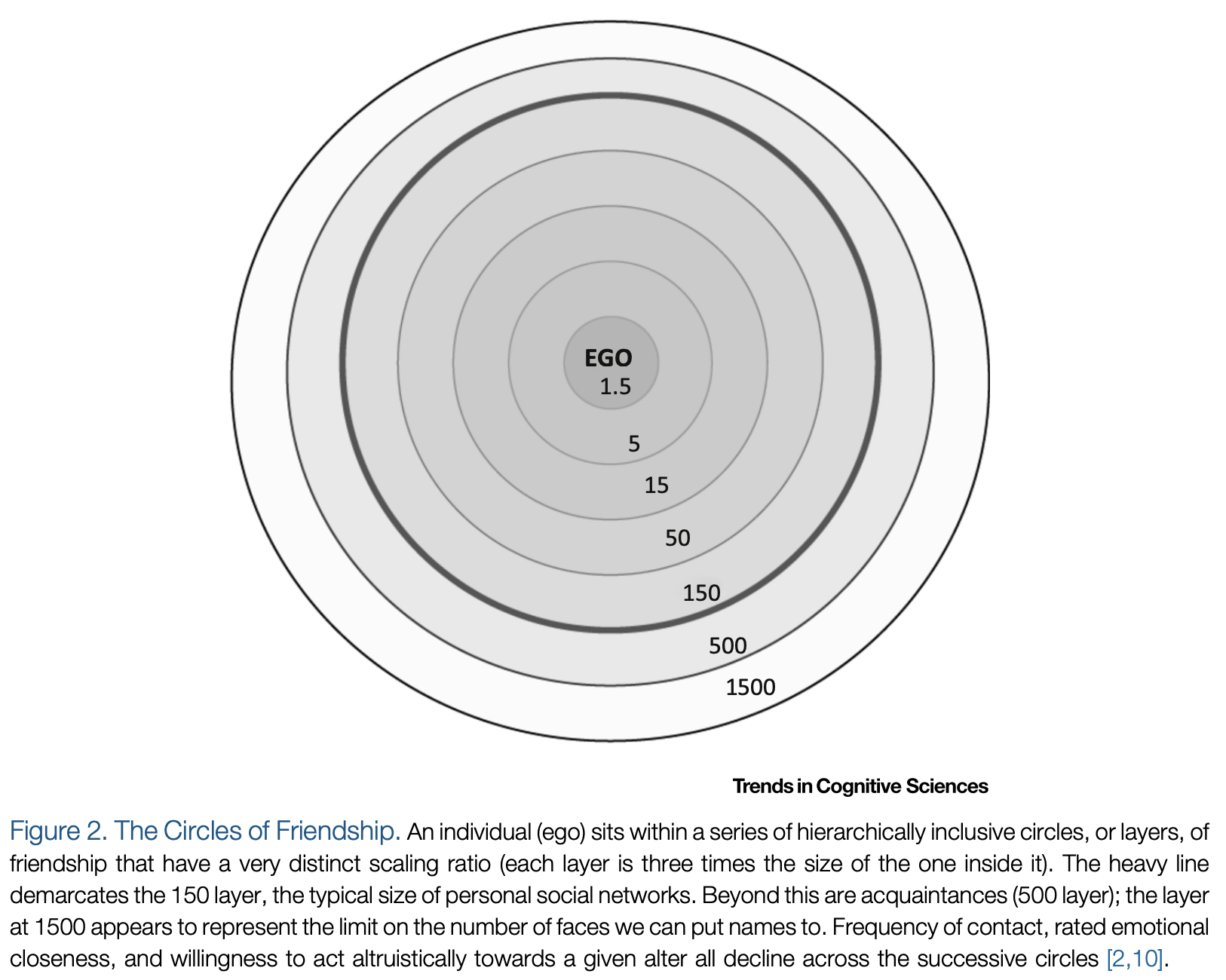 “the 5-layer has sometimes been labelled the ‘support network’: it can be reliably elicited
by asking people to list everyone they would go to for emotional, social and economic support in times of extreme need [10]. The 15-layer is well known in social psychology, where it has been labelled the ‘sympathy group’ (all the people whose death tomorrow would cause great distress) [53]. The 150 and, perhaps, 500 layers may provide crucial economic buffering in small-scale societies.”
“the 5-layer has sometimes been labelled the ‘support network’: it can be reliably elicited
by asking people to list everyone they would go to for emotional, social and economic support in times of extreme need [10]. The 15-layer is well known in social psychology, where it has been labelled the ‘sympathy group’ (all the people whose death tomorrow would cause great distress) [53]. The 150 and, perhaps, 500 layers may provide crucial economic buffering in small-scale societies.” - “primate groups are implicit social contracts: the relationships on which they are built are promissory notes guaranteeing support at some (unspecified) future time when the need arises [56]. However, living in close proximity incurs costs: the mammalian reproductive endocrinology system is extremely sensitive to stress, and even minor levels of stress can disrupt it. As a result, females suffer increasing levels of infertility as group size increases in both primates and humans”
- “That time limits the number of relationships we can have is evident in romantic relationships: these are so focussed and costly in terms of time investment that, when we fall in love with someone (and hence bring a new person into the 5-layer in the centre of our social world), we typically lose one close family member and one close friend, reducing our ‘5-layer’ to just four people for the duration of the period of infatuation”
- “each of us seems to have our own personal signature for how we distribute our social effort among our network members – in effect, a unique social fingerprint [84]. This fingerprint remains remarkably stable across time even when there is considerable change in network membership: when a particular friendship dissolves, it seems that we insert a new person into exactly the same emotional slot and see them just as often as the previous occupant”
- “in humans, the density of m-receptors for b-endorphin, especially in the orbitofrontal cortex, correlates with attachment style [197], and there is a correlation between pain tolerance (a proxy for endorphin receptor density) and social network size [198].”
- “trust plays a crucial role in building and maintaining relationships [10,123,124]. The functionality of friendships (emotional support, unstinting help) depends implicitly on trust that, over the long haul, the relationship will be in approximate economic balance (i.e., debts will be repaid eventually).”
- “Interestingly, despite the kinship premium, breakdown of family relationships is unexpectedly common compared to friendships [122]. This may be because, whereas friendships simply drift apart after minor breaches of trust, kin (and romantic partners) are initially more tolerant but eventually, after many breaches of trust, so much strain has been put on the relationship that it undergoes a catastrophic fracture. As a result, the sense of ‘hurt’ is greater and reconciliation is invariably difficult to engineer”
- “Freeriding, in its many forms (stealing others’ property, reneging on obligations, behaving ungenerously and, at least in humans, trading once too often on someone’s good nature or spreading rumours about their motives), is very destructive of relationships and rapidly leads to the collapse and contraction of social networks because people become unwilling to trust more than their closest friends”
- Conversations have a practical upper limit of 4 people: “If a fifth person joins the conversation, it is likely to break up into two or more conversations within a very short time [135,138]. This is an extremely sensitive effect: conversations concerned with factual matters or the mindstates of those actually involved in the conversation have an upper limit at four members, but when the mindstate of someone not physically present is being discussed the conversation has an upper limit of three members (and this is also true of Shakespeare’s plays) [136].”
- “women seem to have a category of friend that is almost unknown among men, namely, a same-sex best friend (a BFF, or ‘best friend forever’), in addition to a romantic partner [216]. Although this additional individual is occasionally male, the great majority are women: in a sample of 257 women’s best friends, just 18.3% were men”
- “The two genders also differ in what maintains the emotional closeness of friendships over time. For women, this involves making the effort to spend more time talking together (either face-to-face, by phone or via the Internet), whereas talking has almost no effect on men’s friendships; what maintains the emotional quality of men’s friendships is increased investment in ‘doing things together’ (sports, drinking, etc.) [91]. Although doing things together does benefit women’s friendships, it has much less effect than it does for men.”
- “friendships are based on a limited number of dimensions. We have identified seven key dimensions: language (or, better still, dialect), place of origin (i.e., where you grew up), educational history, hobbies/interests (including musical tastes), sense of humour, and worldview (moral views, religious views, political views) [160–162]. […] These dimensions can, nonetheless, be used individually to establish ‘first-pass’ relationships with strangers, especially if the item in question is rare in the wider population [162,167]. In effect, we seem to use the ‘pillars of friendship’ to create one-dimensional clubs that allow us to exchange altruism with strangers without having to engage in the time-consuming process of a lengthy assessment. Indeed, socially labelled kinship (a one-dimensional club based on relatedness) might well have been the origins of this: I must be a member of your community because I can explain exactly how we are related. Notice that, in contrast to immediate family whom we know because we grew up with them, we identify distant kin only because someone tells us we are related (a linguistically based cue) – yet still treat them emotionally as kin”
- “It seems that our psychology is not designed to handle an unlimited number of interactions simultaneously. Even when online, we tend to assume that we are engaged in an intimate conversation with a few individuals.”

Comments powered by Talkyard.